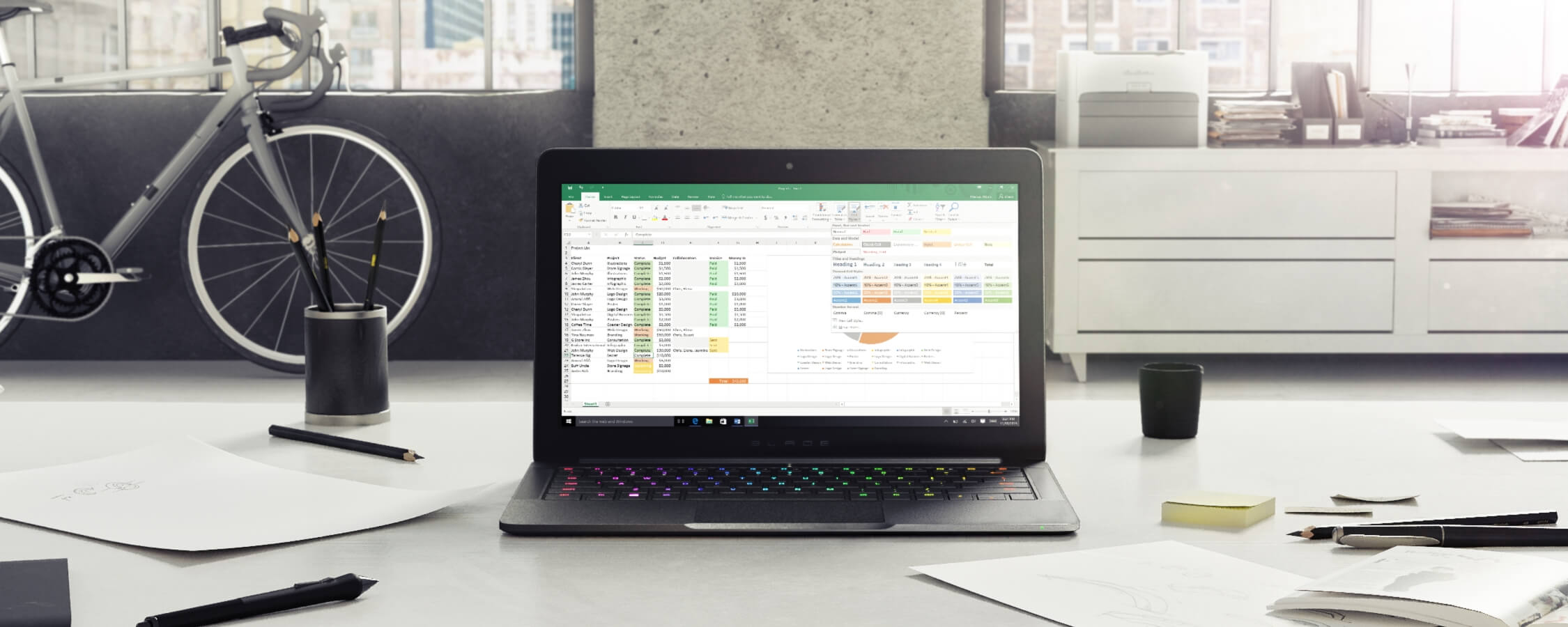Battery Life, Audio & Wrap Up
While the Razer Blade Stealth scores strongly in many categories, average battery run times are a nagging weakness. Skylake's aggressive power efficiency helps but the non-removable 45W/hr battery didn't impress. This is a cardinal sin for ultrabooks but our 4K Stealth is likely disadvantaged by its high-res display. Expect QHD configs to last a little longer.
For Stealth owners looking to maximize their battery life, Razer has a few recommendations. First, dimming the keyboard backlight reduces power consumption. You can do this on the fly by pressing the Fn+F10 keys. If you love those funky keyboard lights though, choosing a solid red, green or blue color can still make a slight difference. Dimming the screen, of course, will have the biggest impact and possibly add an hour or more to your session depending on your activities.



One forwarding-looking feature for the Stealth is its USB-C charger. USB-C plugs are compatible with USB 3.1, a standard which promises to keep your Razer Blade Stealth charged in the future through a variety of devices like power banks, displays and even other computers. The Stealth's charger is petite, lightweight and feels well-made with a generous rubber tie wrap. It took about 2 hours to fully charge the Stealth.

The stereo speakers that flank the Stealth's keyboard actually serve as an element of aesthetic design. Although they're comparatively loud for such a diminutive laptop, the audio as a whole is average. At about 70-80% volume, the speakers begin to distort. Below that, they deliver a pretty standard laptop audio experience. If you want premium sound, stick to your headphones or external audio.
A High Caliber Ultrabook From Razer
The Blade Stealth is a very solid offering by Razer, especially if you're in the market for mid to mid-high priced ultraportable packing some youthful flare. Construction, features, portability and everyday performance; the Razer Blade Stealth thoroughly succeeds in striking a zen-like balance for an ultrabook in its class. More specifically, the Stealth's strengths are its brilliant display, machined aluminum body, excellent portability and uniquely customizable keyboard (and lighting). The inclusion of USB-C and the possibility of a GPU dock is cutting edge and very welcome.

In terms of value, the Stealth seems solid, particularly for Razer – a machined aluminum Intel Core i7 with 128GB SSD and a QHD touchscreen for $999. Our higher-end configuration with its 4K display runs $1399. That's just barely more than a similarly-specced Yoga 900 (not aluminum) but about $300 less than the Dell XPS 13 (2016) which is a TechSpot ultrabook fave.
Pricing is pretty simple to grasp as well, with only four configs to choose from. No, this isn't a gaming laptop, but the Razer Core graphics dock – although not uniquely mated to the Blade Stealth – may be enough to motivate gamers to purchase this ultrabook even in the absence of gaming power. Of cousre, Razer Core and an external GPU will significantly raise the total cost of the Stealth.
Along with the good, there are number of (mostly) forgivable offenses. Mediocre battery life and a sometimes frustrating touchpad (i.e. palmcheck issues) were my two least favorite aspects of the Stealth. The keyboard, although a passable attempt for a chiclet board, definitely looks better than it feels. The included PCIe SSD is upgradable (512GB is the current limit) but RAM is not, so 8GB of memory must last the life of your purchase.
score
Pros: Unibody aluminum design. Brilliant 4K IGZO display panel/touchscreen. Muted gamer styling. Impressive keyboard and lighting options. USB-C/Thunderbolt + GPU dock option.
Cons: Average battery life. Non-upgradable RAM. Fussy trackpad palm-check.
